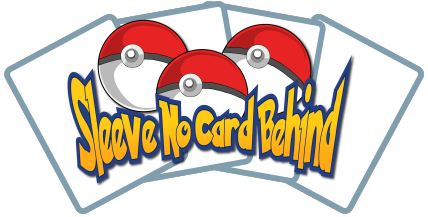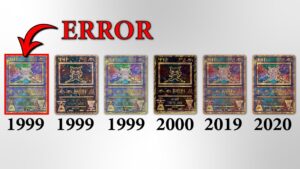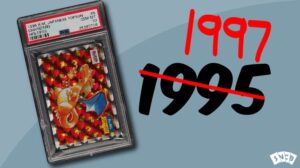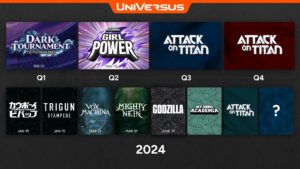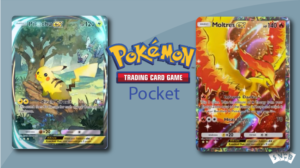-
By: Davi Braid
- Published:
- Last Updated: February 6, 2024
How Each UniVersus Format Works
UniVersus has a clear plan for its future competitions with at least five different formats divided between Constructed and Limited. Each format offers a unique challenge and requires different strategies, making UniVersus a versatile and engaging game for all players.
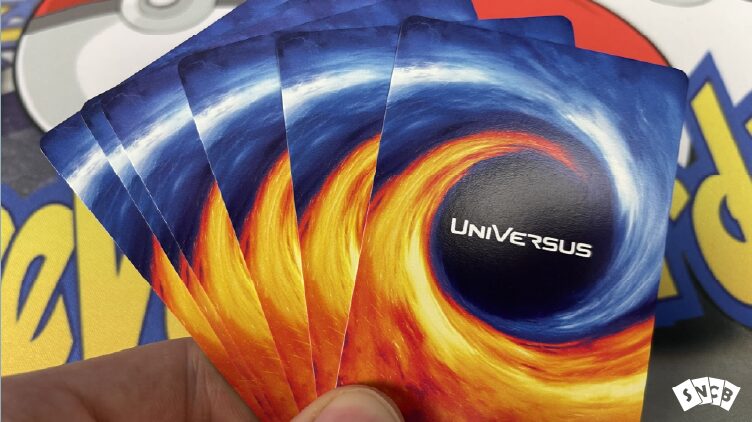
Which UniVersus Format is Best?
- Easiest to learn/best for beginners: Sealed Deck is ideal for new players as you don’t need to have any cards before playing and you’re limited to the six packs you’re given at an event for building.
- Best for competitive play: Standard is the most important tournament format and is ideal for competitive play.
- Best for casual ‘fun’ games: Spotlight Constructed allows players to build their decks using only cards from a specific universe, making it a fun format for casual games.
All UniVersus Formats Explained
In UniVersus, there are two main categories of play formats: Limited and Constructed.
Limited formats are those where players are restricted to using the cards provided to them at the tournament. This includes formats like Booster Draft and Sealed Deck.
On the other hand, Constructed formats are those where players construct their decks with their own cards before attending the tournament. This includes formats like Standard and Retro, as well as the Spotlight Constructed format.
These formats cater to different types of players and strategies, offering a variety of ways to engage in the game beyond just collecting and buying/selling cards.
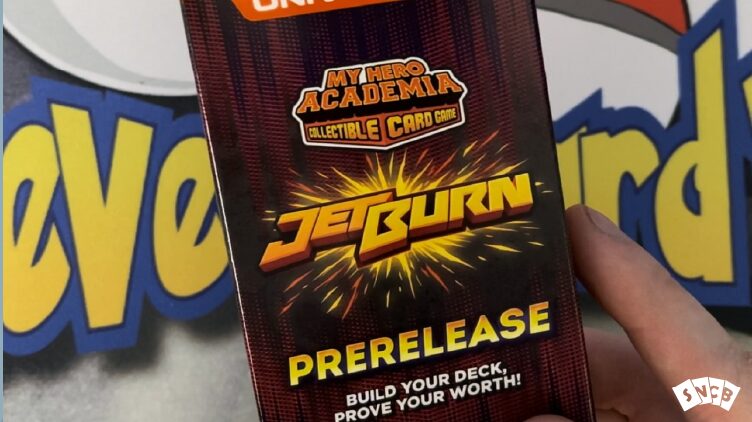
Booster Draft
Booster Draft is a skill-intensive format that challenges players to figure out what strategy they’ll build their deck around on the fly and defeat their opponent through combat with that strategy. It’s a fantastic format for building your collection while learning the fighting styles of different worlds, but it’s also very skill intensive.
Each player starts with a certain number of sealed booster packs. These packs are opened one at a time. From the first pack, each player selects one card they want for their deck and then passes the rest of the pack to the next player.
This continues until all the cards from the pack have been selected. The process is then repeated with the next pack, and so on, until all packs have been drafted. The goal is to select cards that work well together to create a cohesive deck that will be used in the competition.
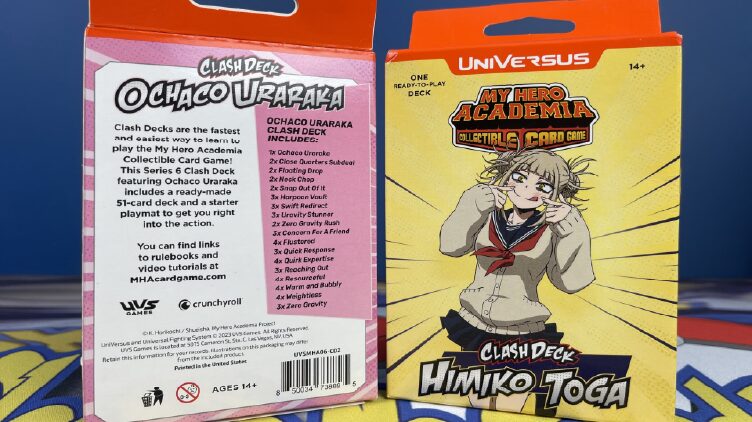
Sealed Deck
Sealed Deck is perfect for players who want to explore a specific universe and train in the strategies of that plane. You don’t need to have any cards before playing and you’re limited to the six packs you’re given at an event for building.
In the Sealed Deck format for UniVersus, each player receives a certain number of booster packs. From these packs, they construct a deck of at least 41 cards (40 plus character). There is no hard symbol chain, as long as you have at least 1 symbol matching your character you can use it.
You have access to all the characters regardless if you pulled them, and you can use proxies if you need to2. The number of boosters used can vary, but typically 6-8 boosters are used.
Spotlight Constructed
Spotlight Constructed has fighters build their decks for battle using only cards from a specific universe. The cards in a Spotlight Constructed format include all cards printed from that world, including those from boosters, promos, and Challenger Series.
Since this is a constructed format, players will use their own decks against the adversaries. It is important to notice that some Spotlight Constructed formats might have some rules variations.
At least, in the case of the My Hero Academia CCG, your minimum amount of cards is 50 instead of the usual 60 and there’s no character stacking.
Standard
Standard is the primary tournament format. It features the worlds visited over the past two years, allowing players to experience the thrill of pitting the fighting styles from different worlds against each other. As a constructed format, players will bring their own decks, including a hero card, and battle one another in battles with a decent potential for crossover fights.
Retro
The Retro format is where all worlds collide, and celebrates over a decade of epic battles between extraordinary fighters. Except for banned cards, anything goes in Retro, including using the “classic” rules set.
For instance, if you use a MHA CCG deck, you will have to use at least 60 cards and character stacking will function normally. Since you will have to bring your own deck, this format ends up being friendly to those who are not hardcode card collectors. It allows casuals to pick up their old cards, combine with a few new ones, and use them against their adversaries.
Is MHA its Own Format?
My Hero Academia is not its own format, but it is part of the Spotlight Constructed format. Fans of My Hero Academia will recognize this as the “My Hero Academia Only” format from the past few years. Moving forward, this format will be called “My Hero Academia Spotlight Constructed.”
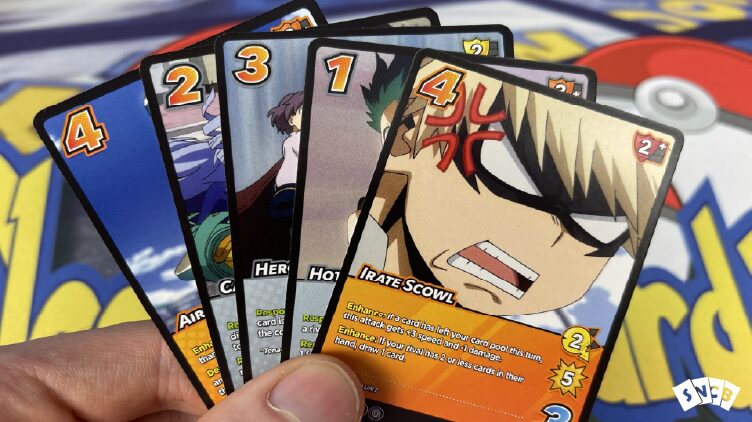
Final thoughts
Understanding the different formats in UniVersus can help players choose the right format for them based on their skill level, collection, and preferred play style.
Whether you’re a beginner looking to get started with Sealed Deck, a competitive player aiming for the top in Standard, or a casual player who enjoys the fun of Spotlight Constructed, there’s a format for you in UniVersus.
That being said, we all know that the right way to play this game is the Retro format. What is the point of playing UniVersus if my Megaman can’t fight an Autobot?
